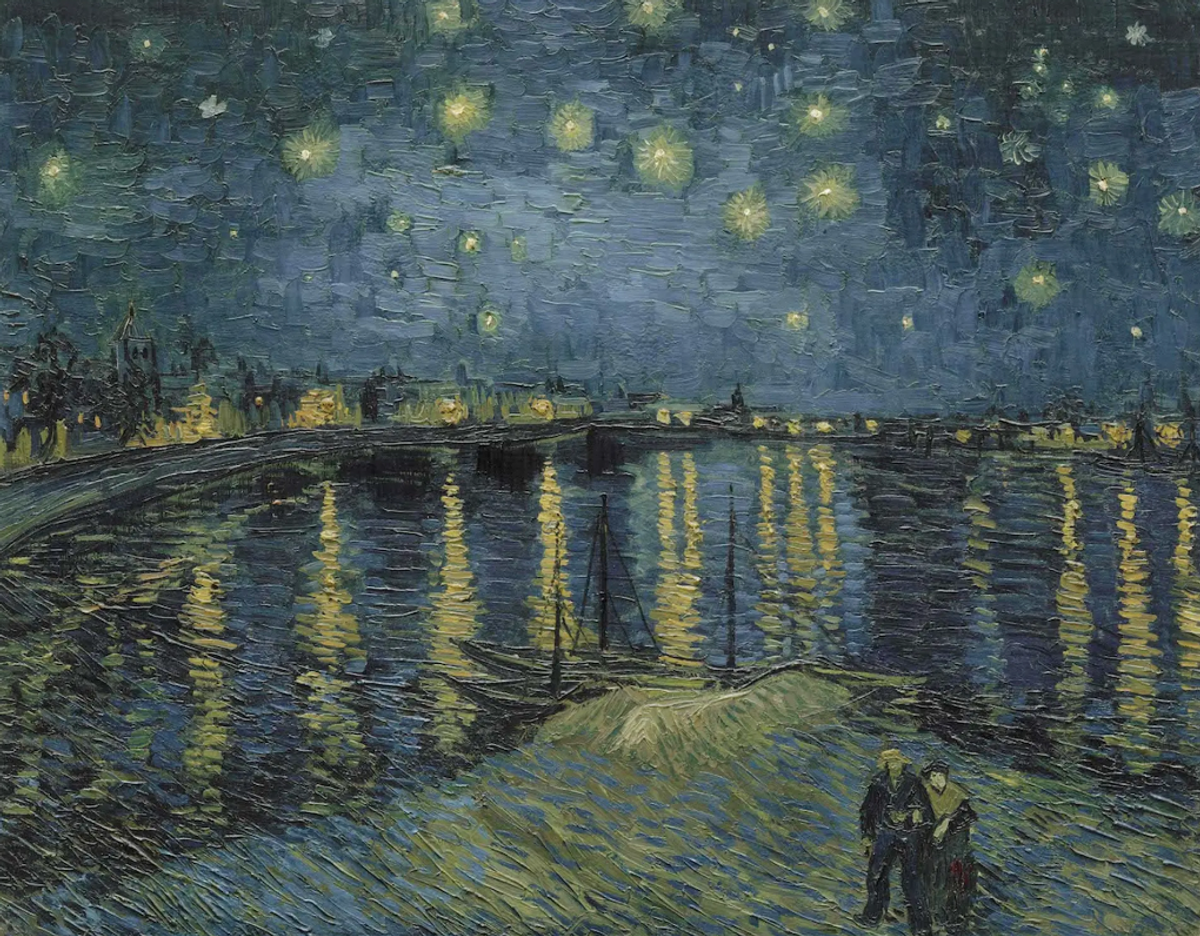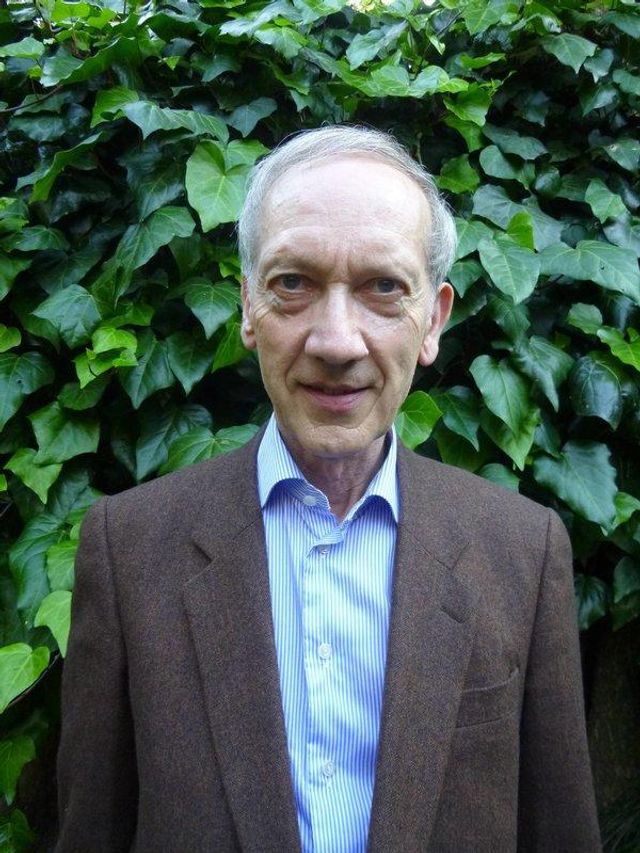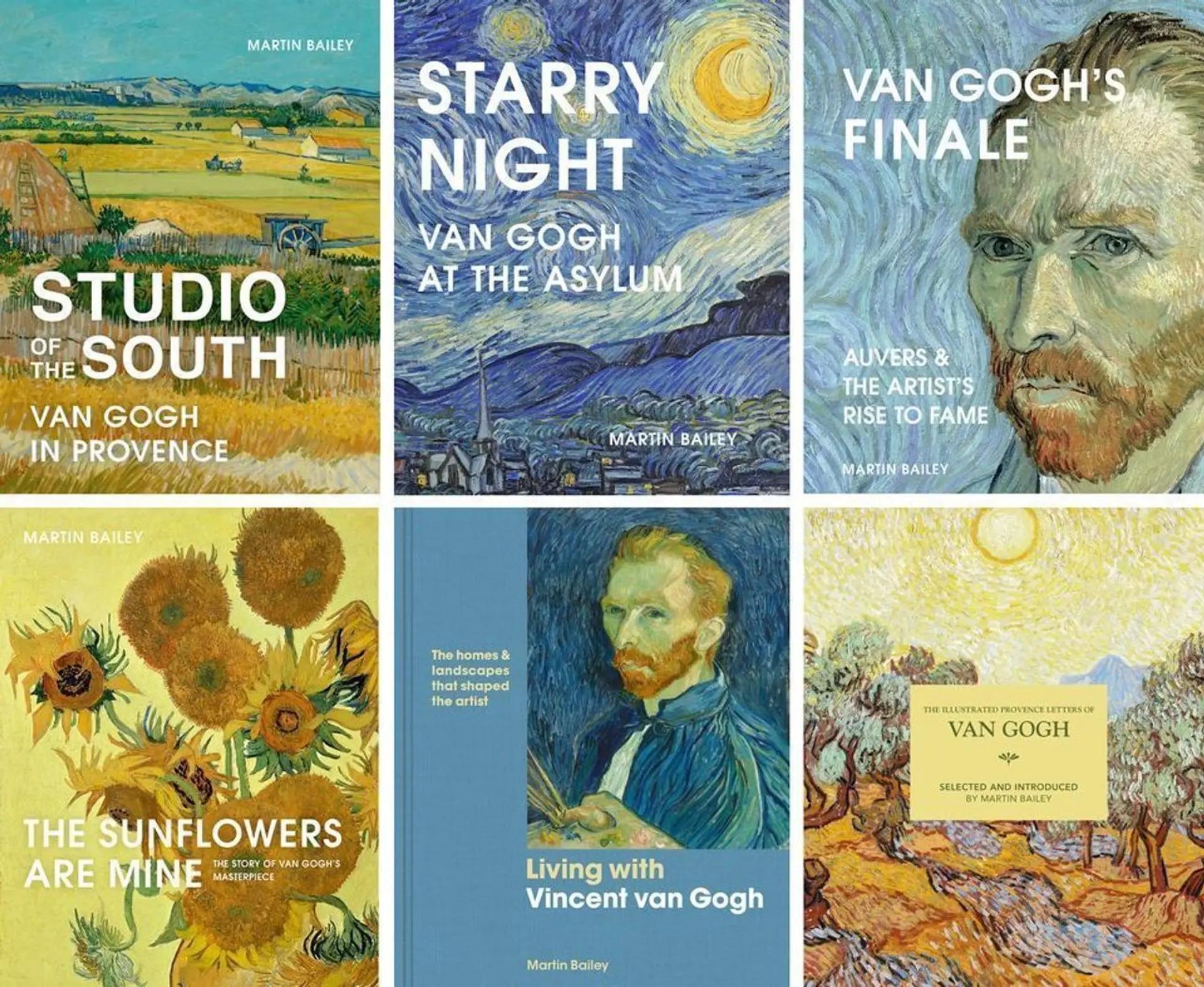Starry Night over the Rhone, from the collection of the Musée d’Orsay in Paris, is to be lent for an exhibition in Arles—the city where it was painted in September 1888. The picture will be the main attraction in the show Van Gogh and the Stars (opening 1 June 2024) at the Fondation Vincent van Gogh Arles.
In Arles, Van Gogh’s nighttime scene will be presented alongside other depictions of the heavens by artists from the 19th century to the present. Featured painters are to include James Ensor, Edvard Munch, Vasilly Kandinsky, Georgia O’Keeffe and Yves Klein.
Van Gogh captured the view from the riverside at Place Lamartine, three minutes’ walk from the Yellow House, where he was living. Starry Night over the Rhone depicts the view looking south, towards the town centre, with the recently installed street gaslights along the Rhône. In the foreground a pair of lovers stroll on a sandbank just below the promenade.
The main stars clearly form the Great Bear (also known as the Plough or Big Dipper), but when Van Gogh was working on the painting they would have been to the north—or directly behind him as he faced towards the centre of Arles. He shifted the constellation for artistic reasons. Van Gogh also exaggerated the effect of the gaslights reflected in the fast-flowing river.
Vincent described his picture to his brother Theo: “The starry sky at last, actually painted at night, under a gaslamp. The sky is green-blue, the water is royal blue, the ground is mauve. The town is blue and violet. The gaslight is yellow, and its reflections are red gold and go right down to green bronze… Two small coloured figures of lovers in the foreground.”
Surprisingly for an artist who failed to sell his work, a newspaper article records that he was working on the painting. A local paper, L’Homme de Bronze, published a report on 30 September 1888: “Mr Vincent, an impressionist painter, works, we are told, in the evening, by the light of the gaslamps, in one of our squares”. This represents one of the earliest published references to the artist.
Legend has it that Van Gogh placed candles on his hat in order to paint at night, as reported by the biographer Gustave Coquiot in 1923. This bizarre practice had earlier been attributed to the Spanish artist Francisco Goya, who depicted himself in an early 1790s self-portrait wearing this bizarre headgear.
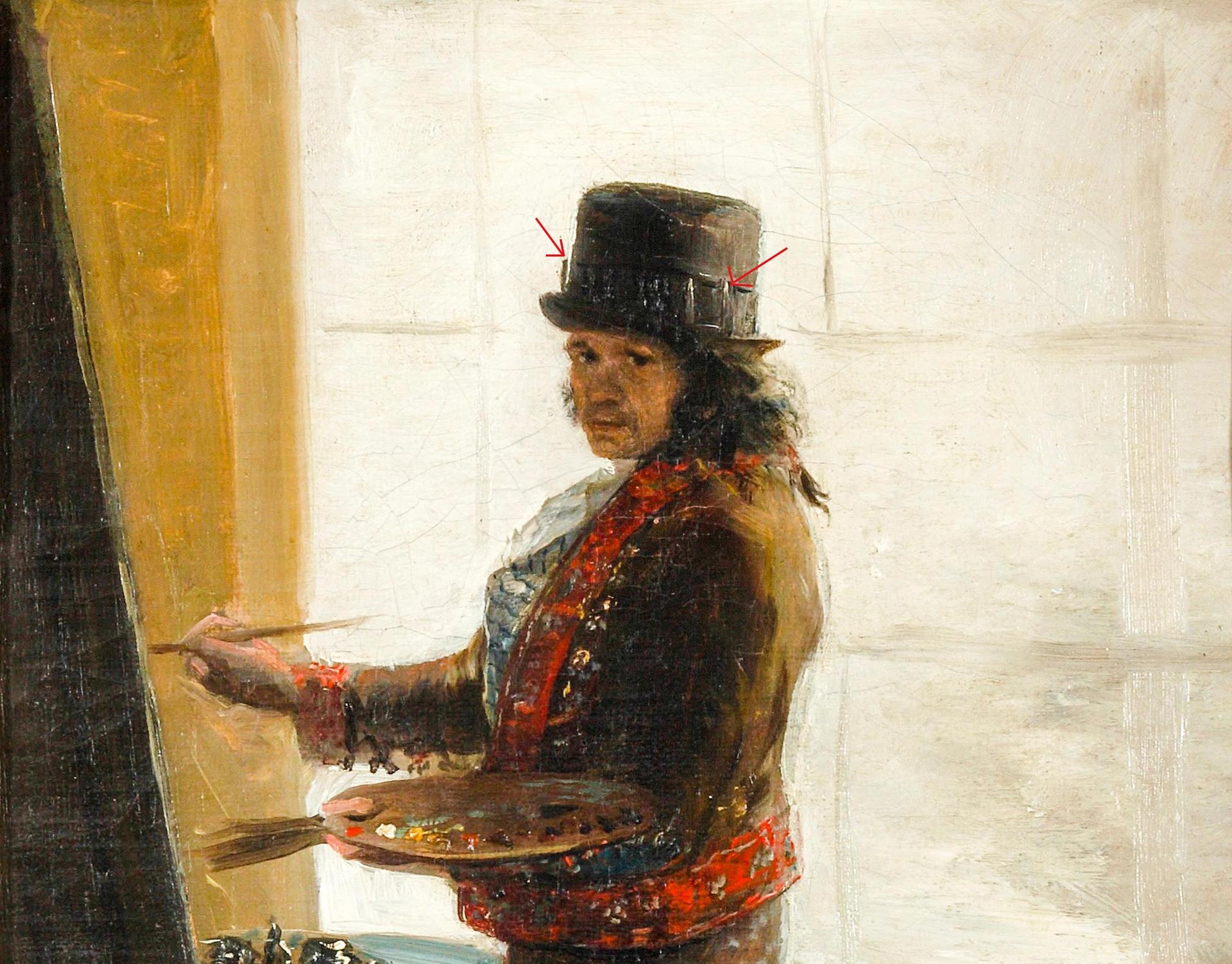
Detail of Francisco Goya’s Self-portrait at the Easel ( early 1790s); (candles indicated with red arrows)
Credit: Real Academia de Bellas Artes de San Fernando, Madrid ; incamerastock / Alamy Stock Photo
But surely wearing a hat fringed with candles on the brim would be quite impractical - and highly dangerous. Van Gogh probably employed a more mundane method: standing beneath a street gaslamp, possibly with a candle placed in his paintbox and even on his palette. He most likely began the picture outside and finished it in his studio in the Yellow House.
However he worked, the sight of an artist painting at night must have attracted considerable attention, since Place Lamartine was a busy square near the railway station. This probably explains why his presence caught the attention of the local newspaper.
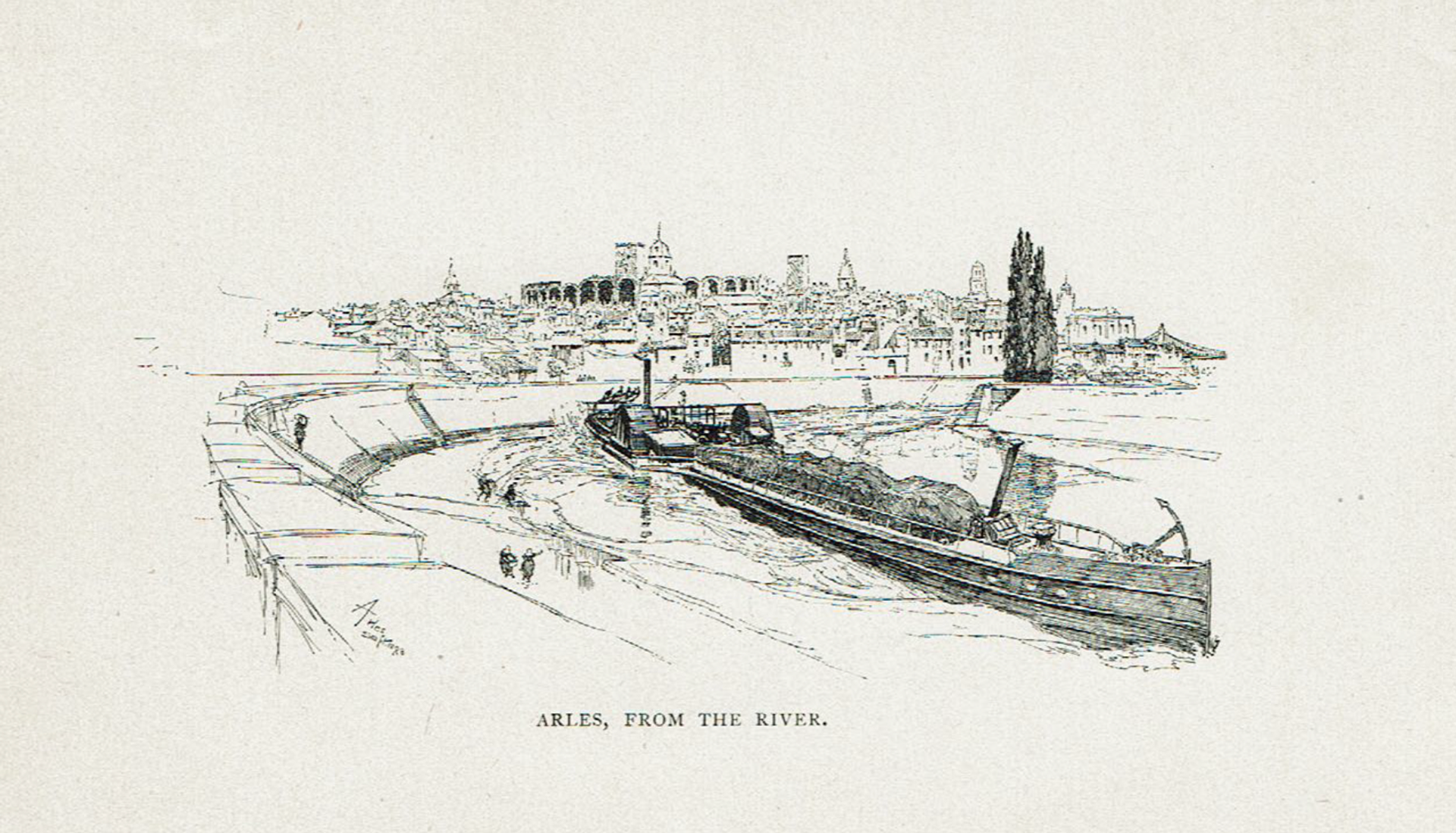
Joseph Pennell’s Arles from the River (September 1888)
Credit: Reproduced in The Century Magazine, July 1890
Astonishingly, Joseph Pennell, an American artist, visited Arles for a few days while Van Gogh was living there—and drew almost exactly the same view. Pennell dated his drawing “September 1888” and Van Gogh completed his painting around 29 September. A huge barge, pushed by a tug, dominates Pennell’s composition.
Did the two men meet? With Van Gogh living just three minutes away from the spot where Pennell made his sketch, it seems quite plausible. There were then few artists in Arles and they might well have heard about the other. In Pennell’s memoirs, written in 1925, he was dismissive of the Dutch artist: “While I was in Arles, Van Gogh was there - le fou [the madman]”.
Four months earlier Van Gogh had drawn a similar view to that of his painted riverscape, this time under a powerful setting sun. In his sketch View of Arles on the River Rhône he included a pair of horses on the sandbank and a Rhône sailing vessel with a smaller rowing boat.
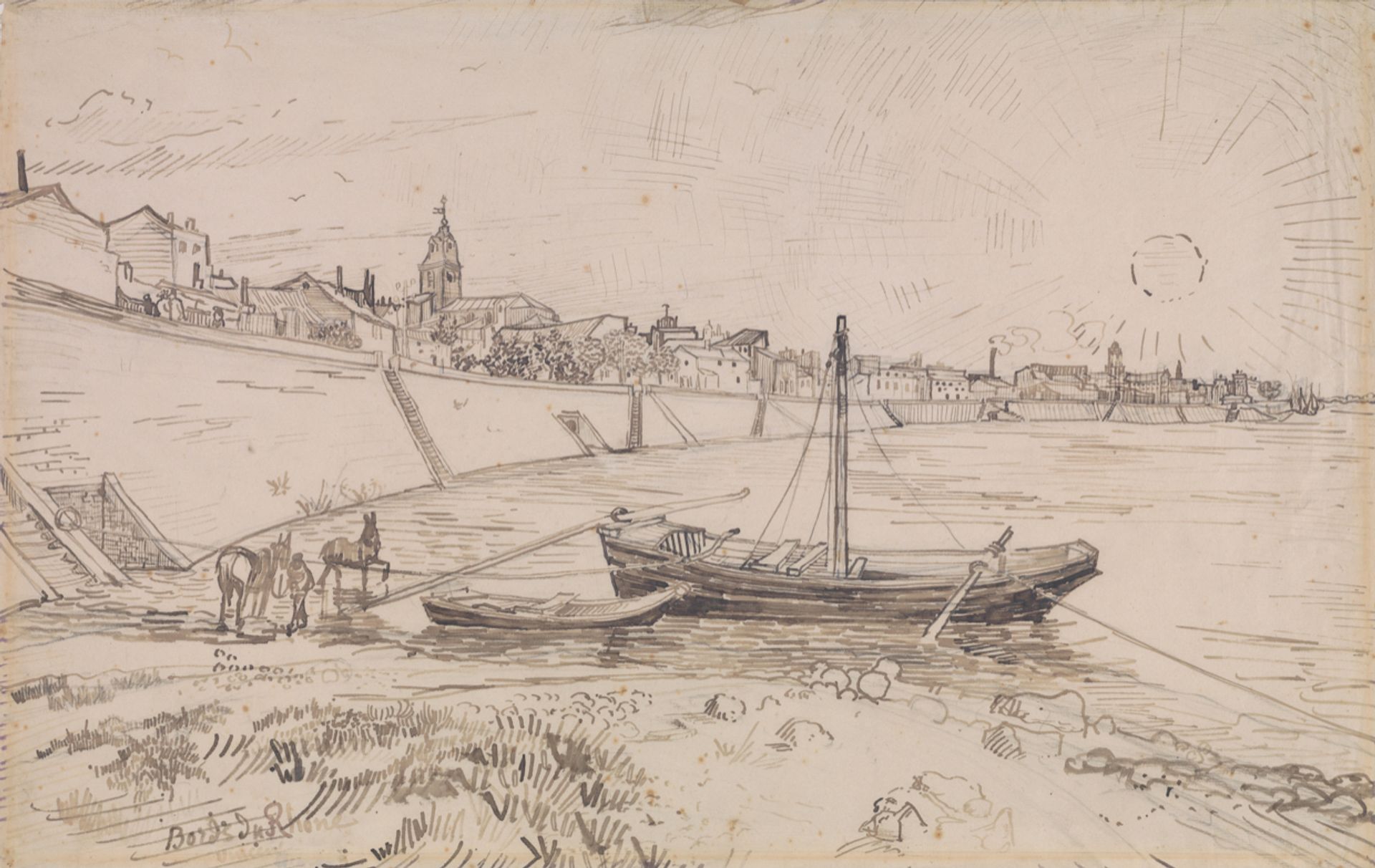
Van Gogh’s drawing View of Arles on the River Rhône (May 1888)
Credit: Boijmans Van Beuningen Museum, Rotterdam
Yet another artist, Léo Lellée, also drew a Rhône scene, some two decades later. He, like Pennell, was primarily an illustrator, showing more of a bird’s eye view of the buildings, including the Roman arena with its huge arches.
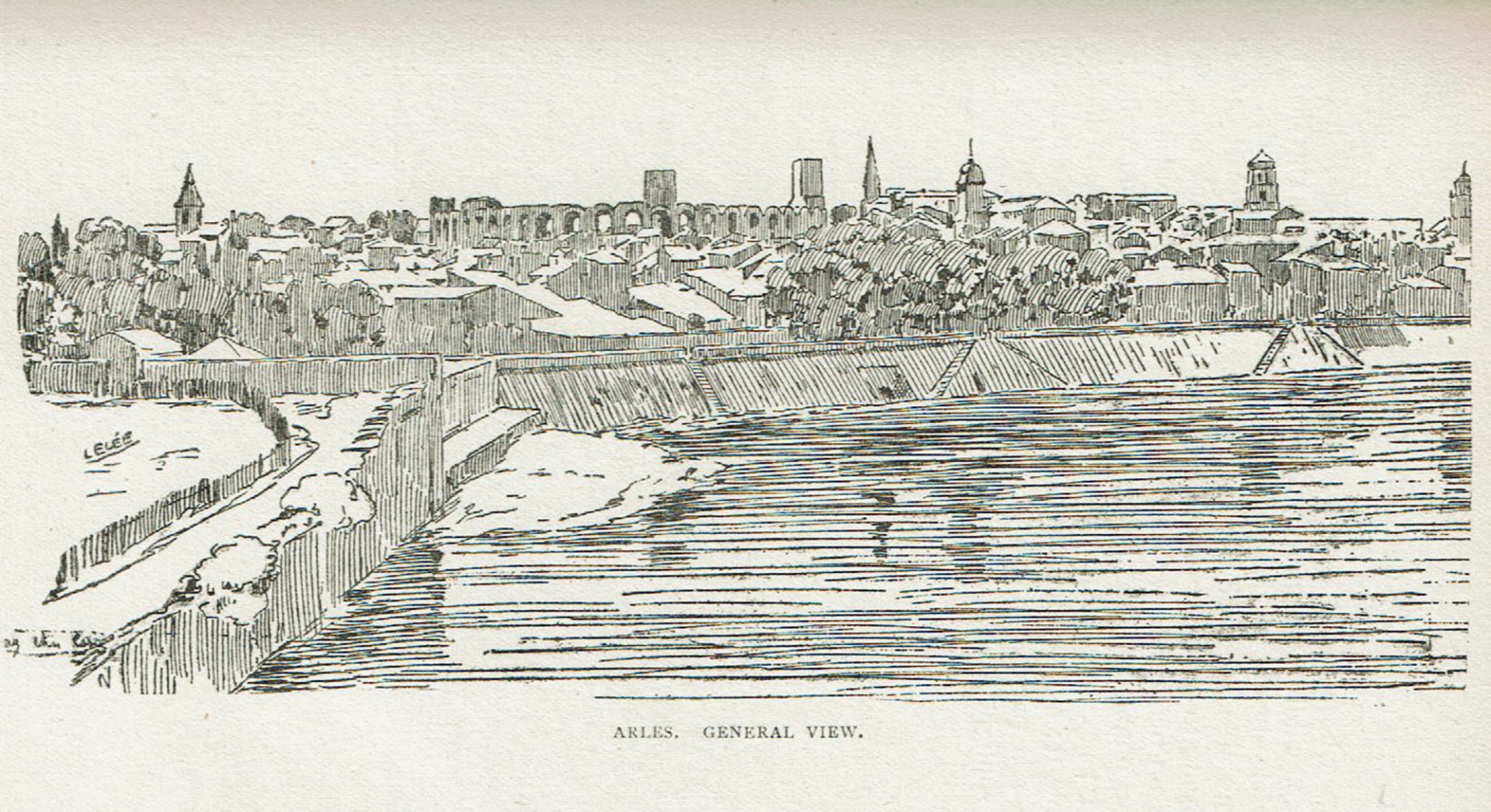
Léo Lellée’s Arles: General View
Credit: Reproduced in Percy Allen’s book Impressions of Provence, 1910
Van Gogh's painting of Starry Night over the Rhone was one of the first which he publicly exhibited, at the Salon des Indépendants in September 1889. When Vincent wrote to Theo about his choice for the show, he said he did not want to exhibit “something too mad”—so Starry Night over the Rhone would be a good choice. He explained that people particularly liked this painting, along with his Sunflowers (August 1888).
When the Indépendants show opened Starry Night over the Rhone was singled out for mention by the avant-garde critic Felix Fénénon. He described Van Gogh as a “diverting colourist even in eccentricities like his Starry Night”.
Starry Night over the Rhône turned out to be the precursor of what would become an even more celebrated painting, simply entitled Starry Night. This was painted the following june after he had moved to the asylum at Saint-Rémy-de-Provence. In this later picture, now at New York’s Museum of Modern Art, the dramatic stars and crescent moon illuminate a pair of soaring Provençal cypresses.
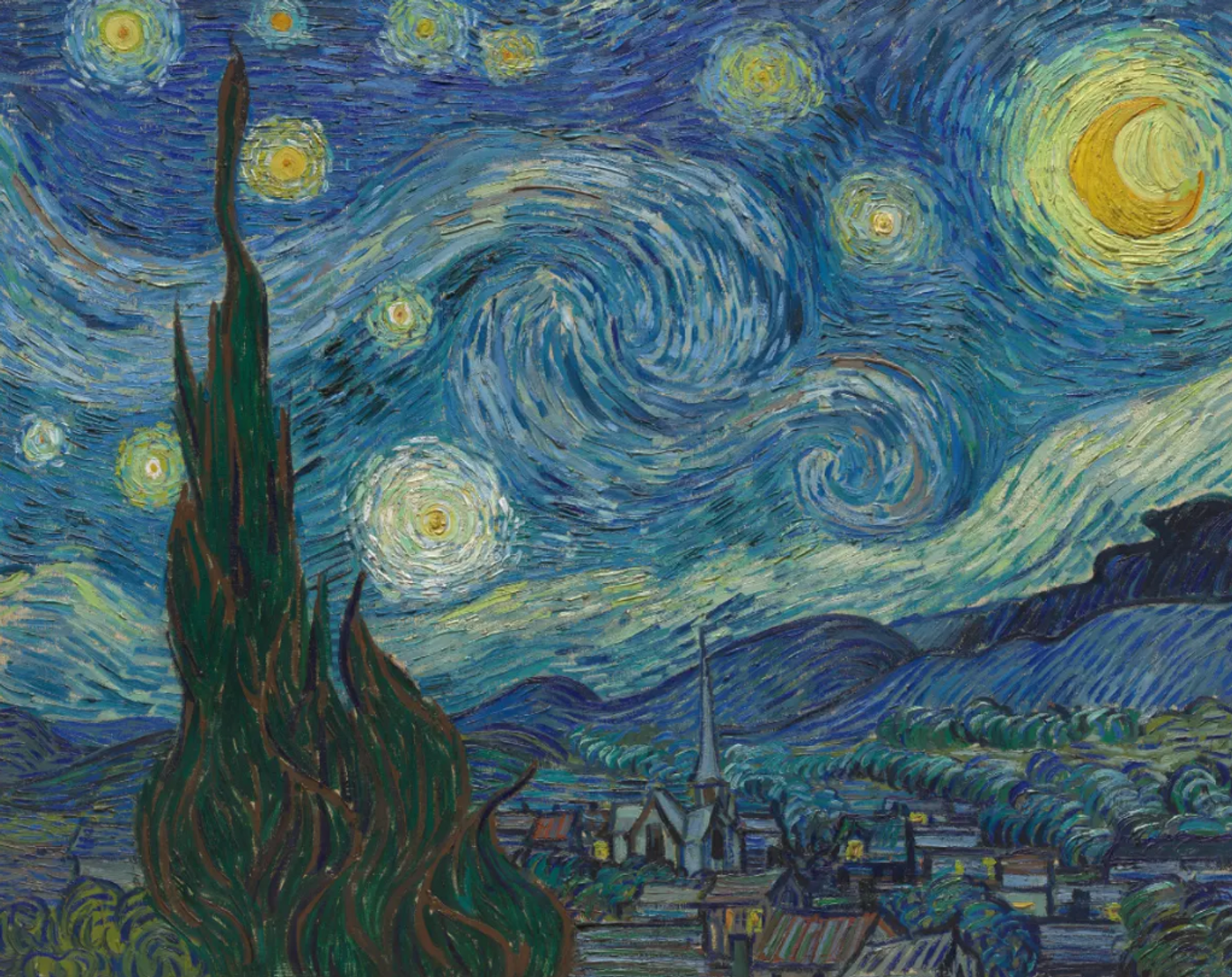
Van Gogh’s Starry Night (June 1889)
Credit: Museum of Modern Art, New York


